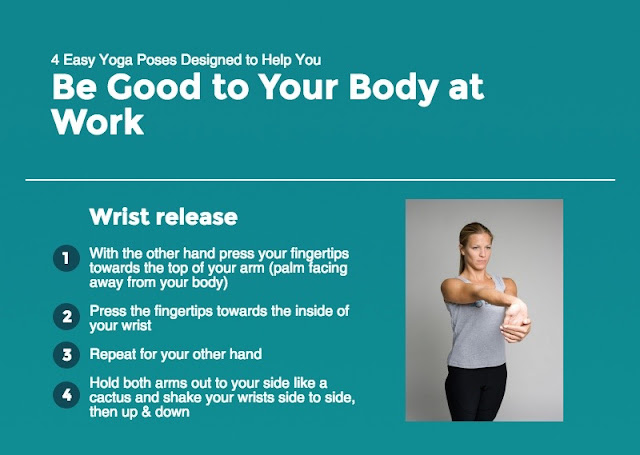A joint can be defined as any point of contact between bones. Each one of your joints has a joint capsule between these two bones that helps to cushion the joint; this capsule is sealed in a kind of vacuum seal. When a joint is cracked gas is removed from the joint capsule, which is what makes the popping sound. The sound comes from the release of the gas, not from contact between bones. Here's what the release of gas in a joint crack looks like in an MRI:
Studies show that the best way to pop your knuckles is using traction; when cracked correctly, a finger should not be bent or extend past its normal range of motion. To crack a knuckle using traction, simply pull the finger away from your palm. When done incorrectly (bending the fingers against the palm) or too often (more than 10-12 times per day), cracking your knuckles can cause arthritis. However, done the right way (with traction and just a few times per day) cracking your joints can actually help to prevent arthritis!
The pops you may hear during a chiropractic adjustment come from the release of gas between a joint, just like when you crack your knuckles. Inside your spine there are over 76 joints; that’s a lot of possible popping!
To learn more about joint cracking, see this Youtube video by Vox, or this article from the Cleveland Clinic.


















